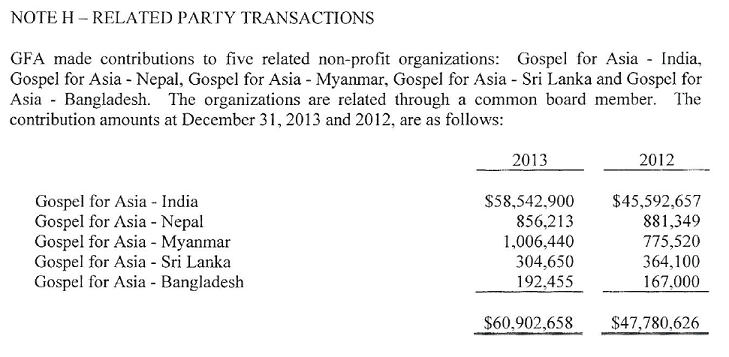Earlier this year, Ted Sherwood did a charity review of Gospel for Asia Australia. Recently, he updated it. As a part of the update, Sherwood evaluates a rather amazing claim made by an Australian association of Christian ministries called Mission Interlink. In essence, Mission Interlink claims that GFA Australia is independent of GFA in the U.S.
While technically accurate, it is clear from the evidence Sherwood supplies that GFA Australia wouldn’t exist if there was no GFA in the states or in India.
About Mission Interlink’s position, Sherwood wrote:
GFAA is a member of Missions Interlink, the closest we have in Australia to the ECFA:
Member use of the Missions Interlink logo implies high standards of governance and financial accountability, giving the Christian public assurance of their integrity[iii].
On 27 August 2015 I sent a link to my review to the National Director, Pam Thyer, suggesting that GFAA was in breach of one or more of their standards. On 3 December 2015, in response to my suggestion that donors should be alerted to GFAA’s misrepresentation when soliciting donations, Pam said that she had discussed the matters I raised in the review with GFAA and had concluded that ‘they do not contravene the MI Standards’.
Sherwood disagrees and provides evidence that GFA Australia is indeed in violation of some MI standards.
Furthermore, it is incredible that MI sees GFAA as separate from GFA. The only real reason GFAA exists is as a conduit to GFA in India. GFAA is sending money to GFA in India in ways that may or may not align with donor intent. Donors in Australia should be aware that their donations may be used to purchase or develop for profit businesses under the control of Believers’ Church.

